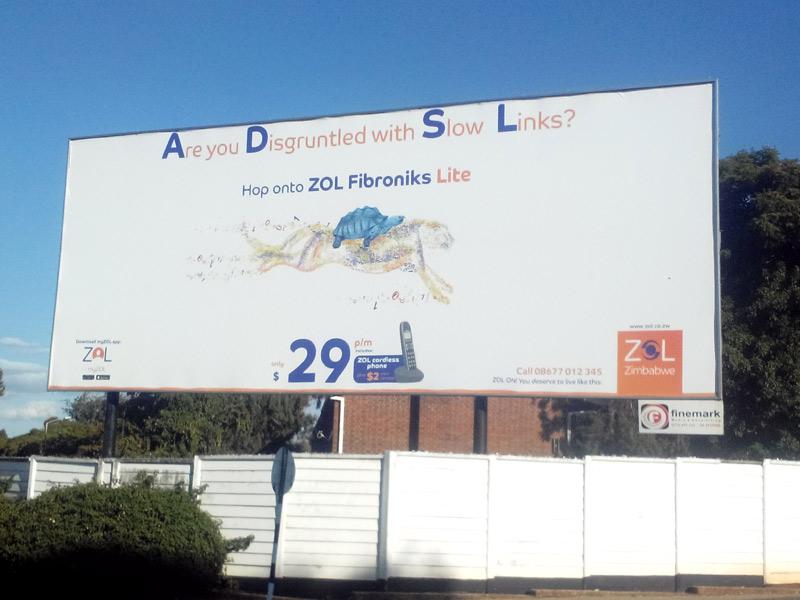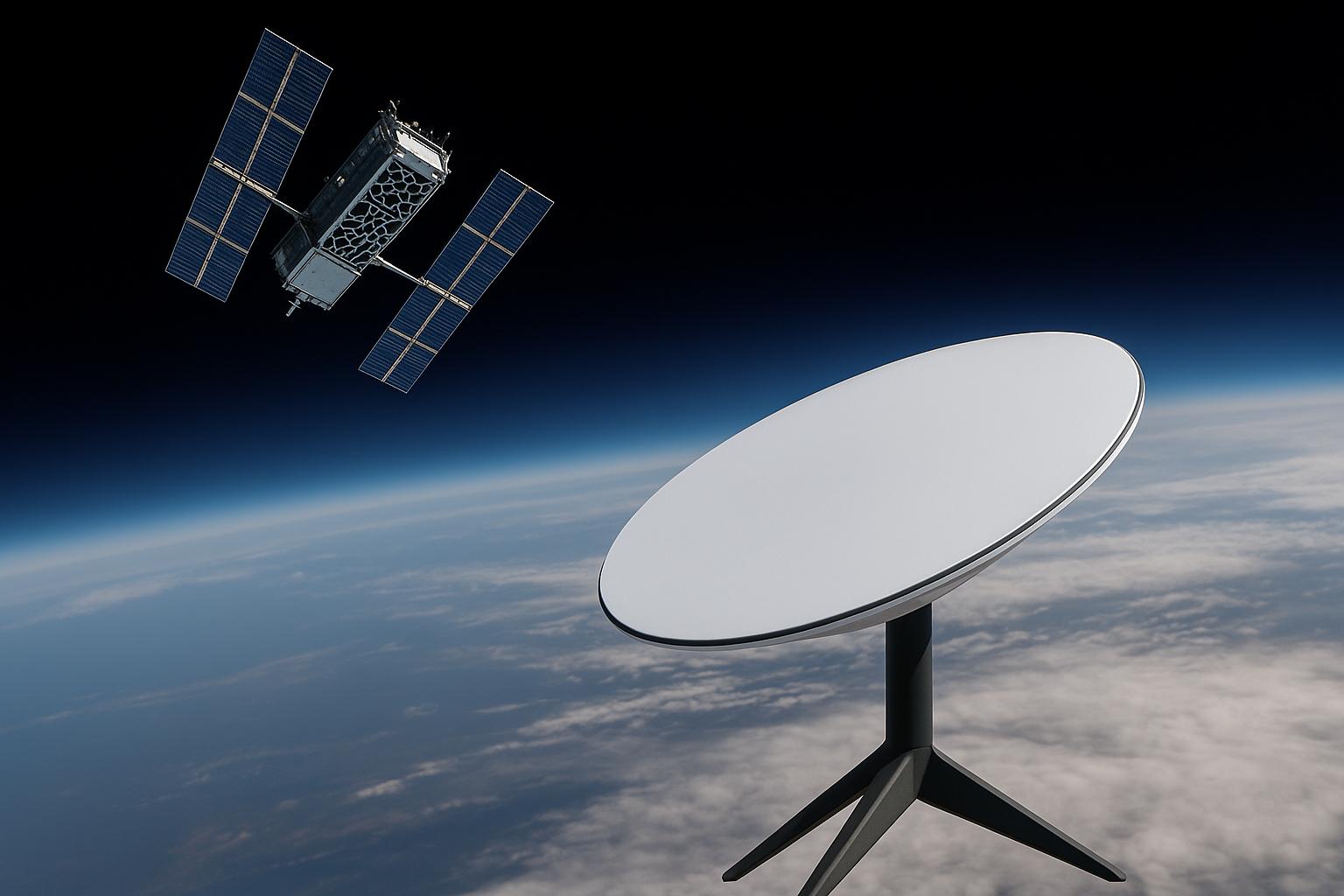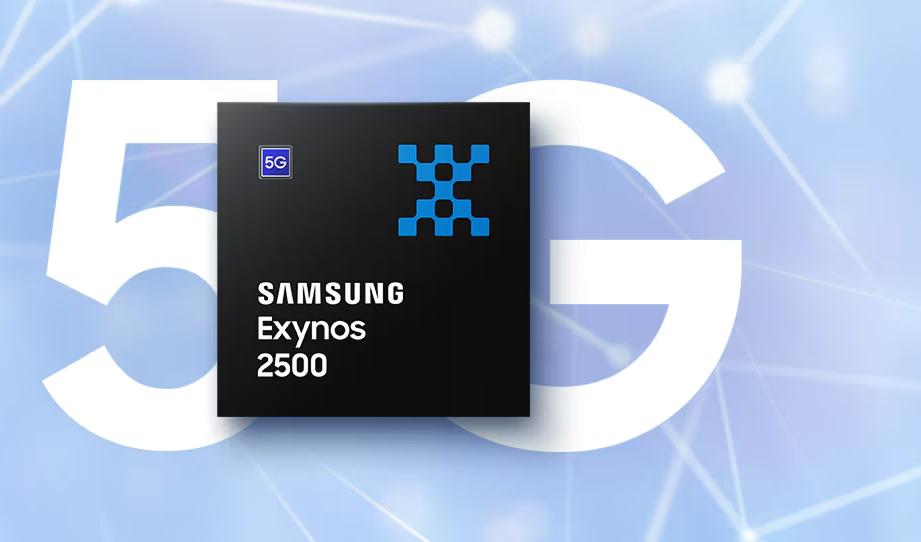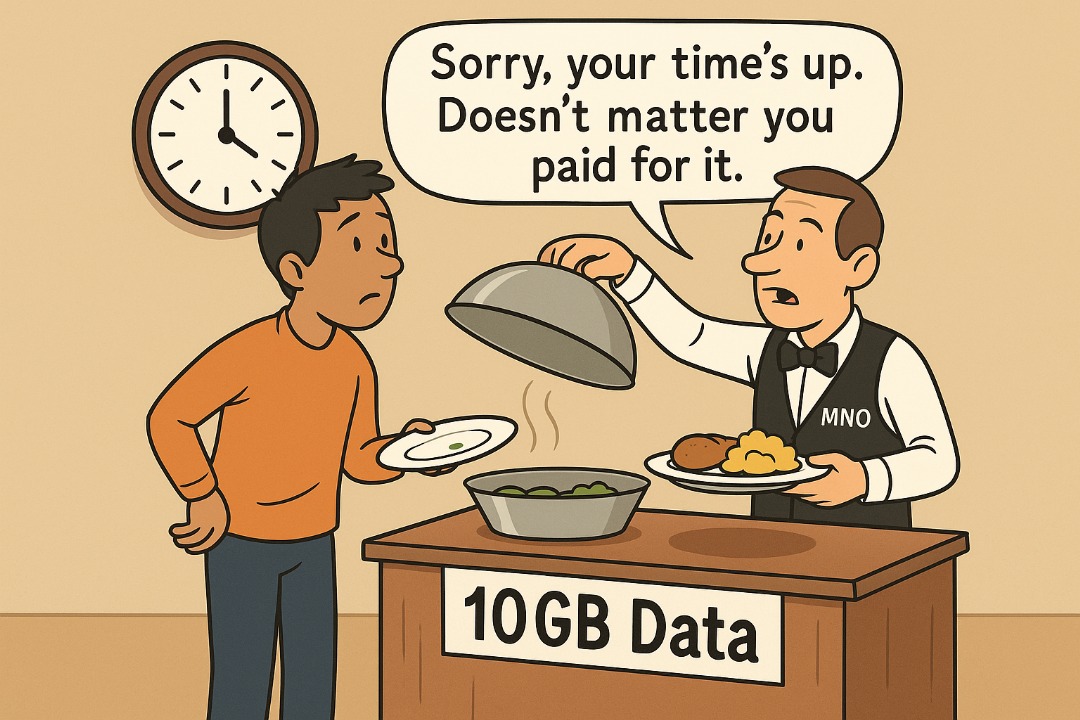Recently we wrote on ZOL chasing TelOne’s ADSL market in its quest for growth & dominance. This has been characterized by the very public ad war between the two companies which we feel is slowly becoming an eyesore.
Nonetheless, thanks to POTRAZ’s recently released 2016 Q2 Sectoral report we have been able to ascertain the state of Zimbabwe’s ADSL and Fiber market and both aren’t looking so rosy.
ADSL still holds the greatest market share with 71,116 subscribers utilizing the service. ADSL had a Q2 growth rate of 2.7% albeit in comparison to Q1’s reported growth of 6.6% recording a 40.9% quarter-on-quarter decrease in active internet ADSL subscriptions.
On the other side of the fence, active Fiber subscriptions enjoyed the greatest Q2 growth rate of 9.8%, however, its growth rate had slumped from the previous quarter’s (Q1) 20.4% growth representing a 48% quarter-on-quarter decrease in active Fiber internet subscriptions.
Both internet services experienced a slump in growth rate from Q1’s growth rate to Q2 growth rate but remained in the positive as illustrated in the table below:
Q2 Active Internet Subscriptions
| Technology | Q1 Subscriptions | Q2 Subscriptions | Q1-Q2 Variance |
|---|---|---|---|
| Leased Lines | 1,031 | 993 | -3.7% |
| Dial-Up | 44 | 35 | -20.5% |
| ADSL | 69,253 | 71,116 | +2.7% |
| WiMax | 8,876 | 8,355 | -5.9% |
| CDMA | 59,921 | 50,733 | -15.3% |
| VSAT | 2,059 | 2,094 | +1.7% |
| Fiber | 16,681 | 18,310 | +9.8% |
Reasons for the slump in growth may be attributed to the harsher economic conditions that came about at the turn of 2016 with fewer people interested in taking up active internet subscriptions for both ADSL and Fiber. Both services still remained in the positive but with such slumps in growth in won’t be too far fetched to see one of the two reach a negative by Q4.
As we mentioned in our previous articles on the war between TelOne and ZOL consumers would rather see a review of pricing schedules than an ad war between two companies. The Internet is still expensive to most Zimbabweans and with the economy where it is we may see more subscribers opting out of their subs. At this stage, a more focused drive on customer retention through lower prices and better customer service may be needed to avoid a negative quarter-on-quarter growth rate.
You can download a copy of the report here: potraz-q2-sector-performance-report-2016.













Comments
4 responses
Spot on, I still feel that ZOL can afford to peg their 15GB internet package at $20 or even $15 and still make a lot of money
Liquid/ZOL is putting up massive fiber infrastructure in some areas. The project has been going on for quite some time in one eastern suburb and even stands without any development are getting a “connection”. As long as subscriptions will be bundle based its going to be a largely wasted investment. Who will pay $30 to download 15GB which can be exhausted in 30 minutes? Internet access should have a reasonable fixed monthly cost otherwise it just doesn’t make economic sense. Children will watch movies and install/uninstall console games sometimes running into several tens of GBs each. Add software and anti-virus updates to all the devices in the house and the picture gets very ugly very quickly.
Anonymous said it. A poor offer is a poor offer, harsh economy or not.
Shame…there are 35 people still using Dialup…those poor souls need deliverance